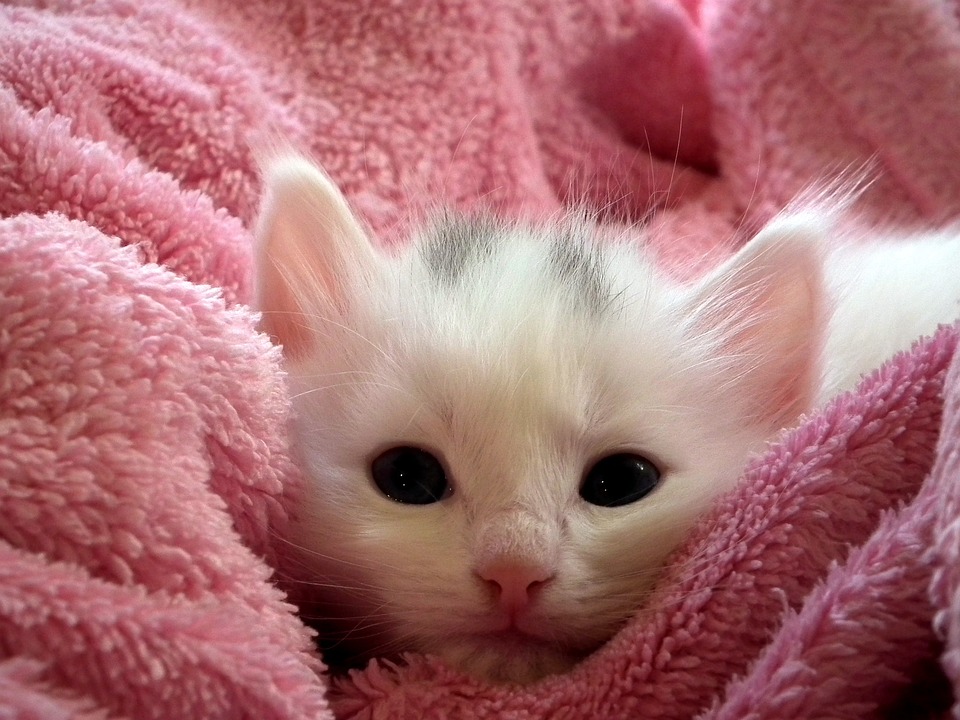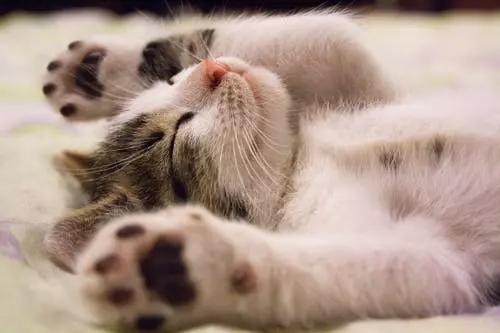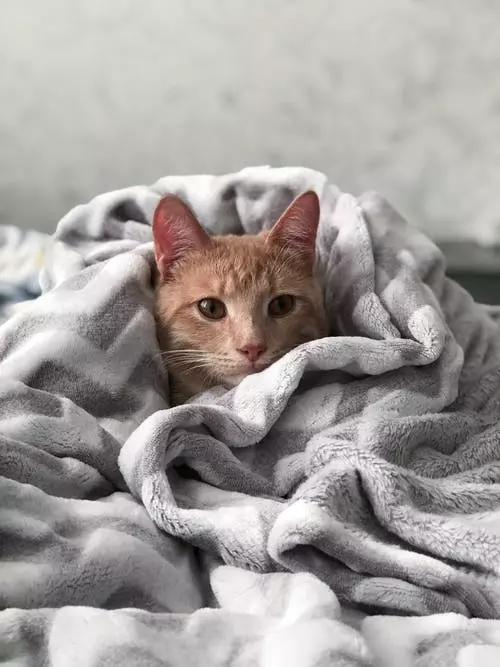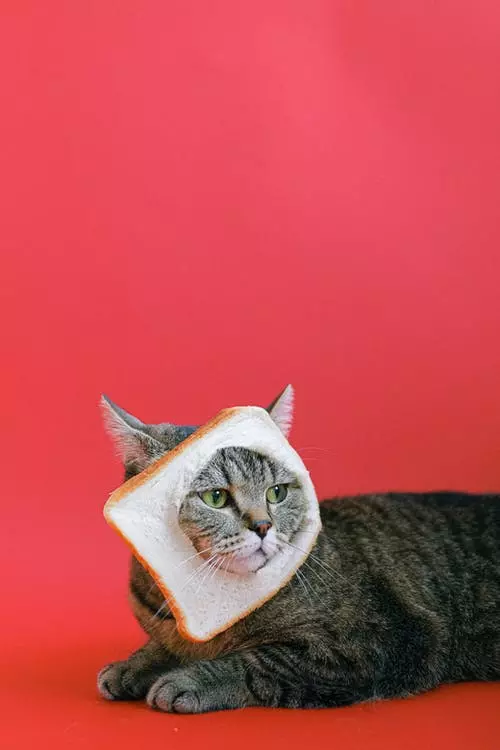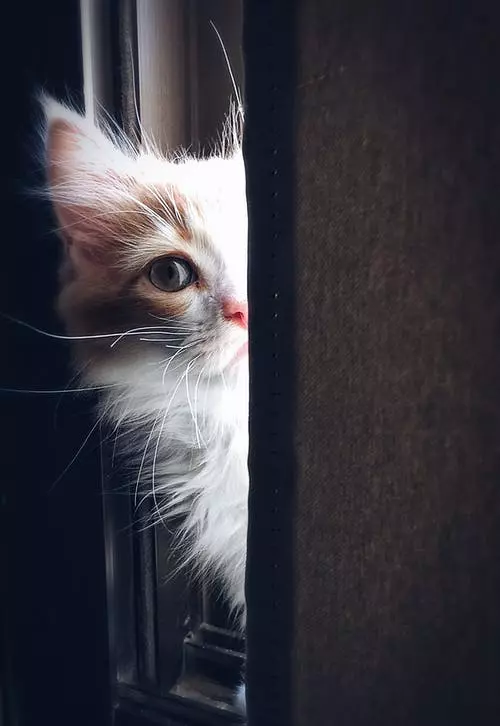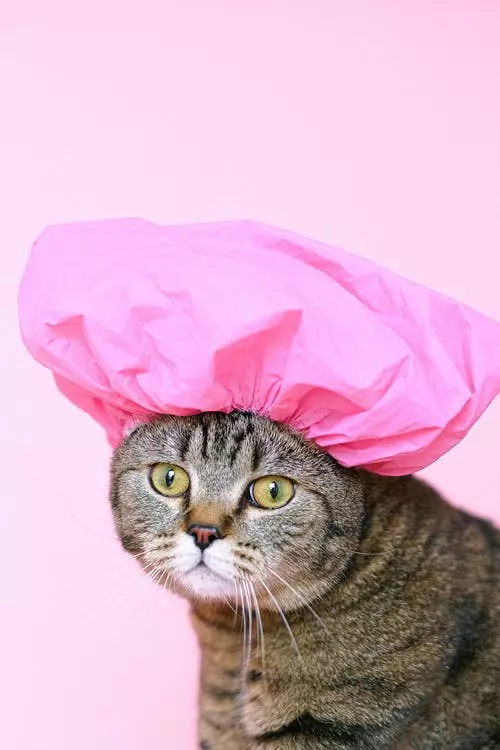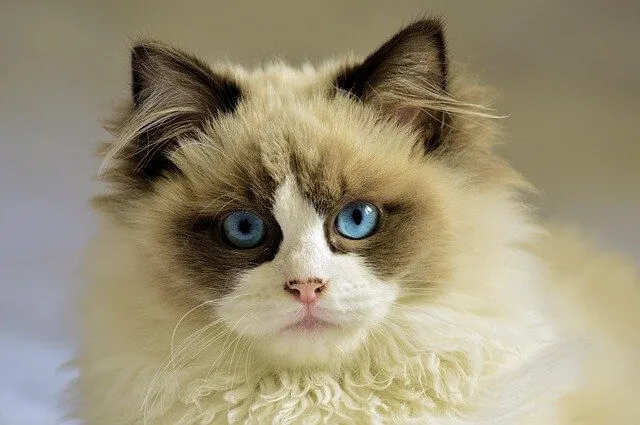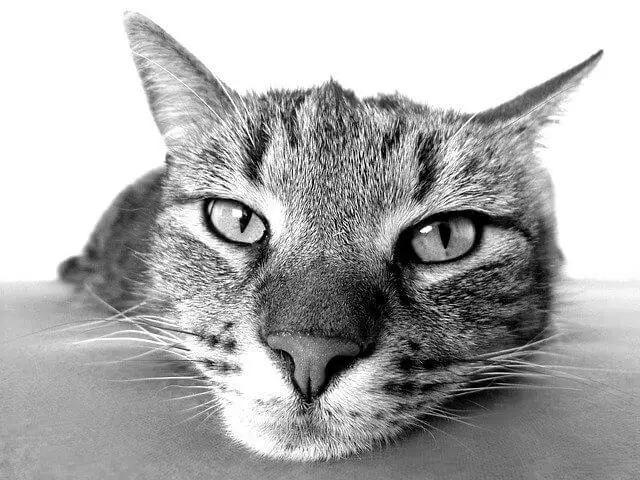Understanding Tail Quivering in Cats: Causes and Meanings
Introduction:
As cat owners, we often observe our feline friends displaying various behaviors that leave us puzzled. One such behavior is tail quivering. While it may seem alarming at first, tail quivering in cats can have multiple causes and meanings. In this article, we will delve into the reasons behind this behavior and provide insights into what it may signify. Additionally, we will address some common FAQs related to tail quivering in cats.
I. What is Tail Quivering in Cats?
A. Definition and Physical Manifestation
Tail quivering refers to the rapid, involuntary shaking or trembling of a cat’s tail. It is characterized by small, quick movements that can be observed at the tip or along the entire length of the tail.
B. Differentiating Tail Quivering from Other Tail Movements
It is important to distinguish tail quivering from other tail movements such as wagging, swishing, or flicking. Tail quivering is typically more rapid and continuous, while other movements may have different patterns or durations.
II. Causes and Meanings of Tail Quivering in Cats
A. Communication and Emotional Displays
1. Happiness and Excitement
Tail quivering can be a sign of contentment and happiness in cats. It often occurs when a cat is in a relaxed and comfortable state.
2. Fear and Anxiety
In some cases, tail quivering can indicate fear or anxiety. Cats may quiver their tails when they are feeling threatened or stressed.
3. Aggression and Warning Signals
Tail quivering can also be a warning sign of aggression. When a cat is preparing to pounce or attack, they may quiver their tail as a signal to their intended target.
4. Playfulness
Tail quivering can be a playful behavior in cats. It may occur during play sessions or when they are excited about a toy or game.
B. Sensory Stimulation and Physical Sensations
1. Pheromone Detection
Tail quivering can occur when a cat detects pheromones in their environment. It may be a way for them to gather information about other cats or mark their territory.
2. Tactile Stimulation
Some cats may quiver their tails in response to being petted or stroked. It can be a sign of enjoyment or sensory stimulation.
3. Overstimulation
Tail quivering can also occur when a cat is overstimulated. This can happen during intense play sessions or when they are in a heightened state of excitement.
C. Medical Conditions and Pain
1. Neurological Disorders
In some cases, tail quivering can be a symptom of underlying neurological disorders. Conditions such as epilepsy or nerve damage may cause involuntary movements in the tail.
2. Tail Trauma or Injury
Tail quivering can be a result of previous tail trauma or injury. If a cat has experienced a tail injury, nerve damage or pain can cause quivering.
3. Pain or Discomfort
Tail quivering can indicate pain or discomfort in cats. It may be a response to an injury, inflammation, or other medical conditions.
III. Observing and Interpreting Tail Quivering
A. Taking Note of Context and Environment
To better understand the meaning behind tail quivering, it is important to consider the context and environment in which it occurs. Factors such as the cat’s body language, vocalizations, and overall behavior can provide insights into their emotional state.
B. Considering Other Body Language Signals
Tail quivering should not be considered in isolation. It is important to observe other body language signals such as ear position, pupil dilation, and overall posture to get a more accurate understanding of a cat’s behavior.
C. Seeking Veterinary Advice
If tail quivering is accompanied by other concerning symptoms or if it persists for an extended period, it is advisable to consult a veterinarian. They can help determine if there are any underlying medical conditions or provide guidance on how to address the behavior.
IV. Frequently Asked Questions (FAQs)
Q1. Is tail quivering always a sign of happiness in cats?
A1. No, tail quivering can have various meanings and may not always indicate happiness. It is important to consider the context and accompanying body language.
Q2. Should I be concerned if my cat’s tail quivers during play?
A2. Tail quivering during play is often a normal behavior and can indicate excitement. However, if it is accompanied by aggressive or fearful behavior, it may be a cause for concern.
Q3. Can tail quivering indicate pain or discomfort in cats?
A3. Yes, tail quivering can be a sign of pain or discomfort. If it is accompanied by other signs of distress or if it persists, it is advisable to consult a veterinarian.
Q4. How can I differentiate between tail quivering and tail flicking in cats?
A4. Tail quivering is characterized by rapid and continuous movements, while tail flicking involves quick, deliberate movements from side to side. Tail flicking can be a sign of irritation or annoyance.
Q5. When should I seek veterinary attention for my cat’s tail quivering?
A5. If tail quivering is accompanied by other concerning symptoms, such as loss of appetite, lethargy, or changes in behavior, it is advisable to consult a veterinarian for a thorough examination.
Conclusion:
Understanding tail quivering in cats requires a careful observation of their behavior and consideration of various factors. While it can be a means of communication and emotional expression, it can also indicate sensory stimulation or even medical conditions. By paying close attention to the context and accompanying body language, cat owners can better interpret the meaning behind their feline companion’s tail quivering. Remember, if in doubt, it is always advisable to consult a veterinarian to ensure the health and well-being of your beloved cat.

